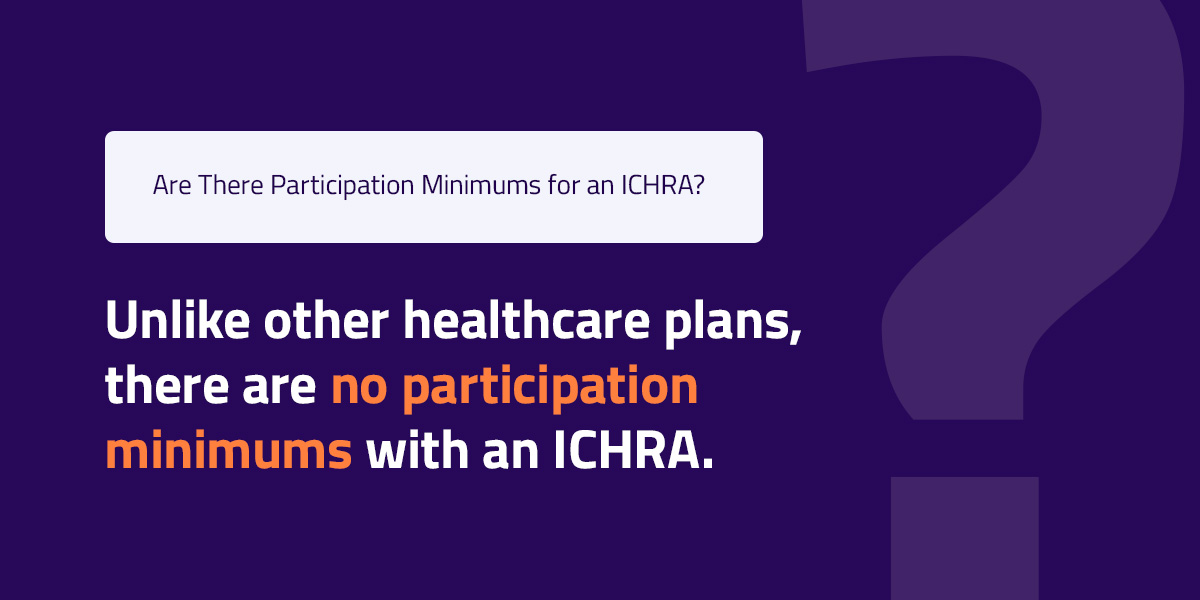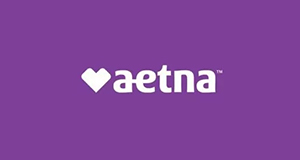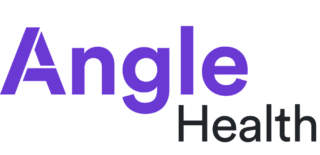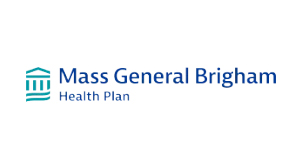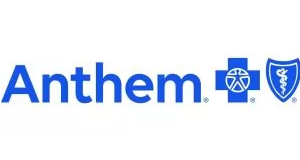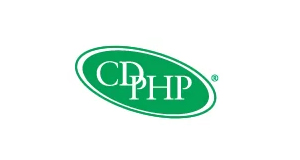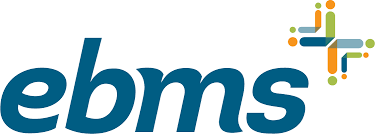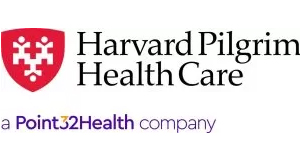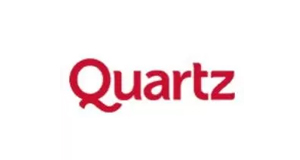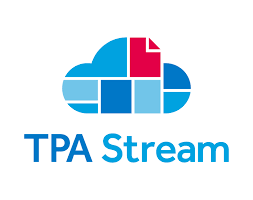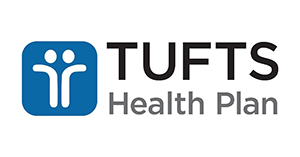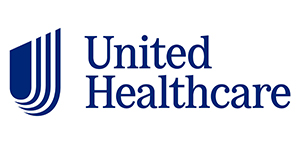
A Guide to ICHRA Rules and Regulations
Table of Contents
Though traditional employer-sponsored health insurance benefits can be complicated and costly, the Individual Coverage Health Reimbursement Arrangement offers a flexible alternative. It allows employers to provide personalized healthcare coverage without the limitations of traditional group plans.
ICHRA adoption has steadily increased since these plans became available in 2020. Usage rose by 29% between 2023 and 2024, with a notable 84% jump among businesses with over 50 full-time employees.
This guide breaks down the benefits of offering an ICHRA, how to set one up correctly, and what differentiates it from conventional coverage.
What Is an ICHRA?
Also known as an individual coverage HRA, an ICHRA applies to businesses of all sizes. It allows employers to offer their employees tax-free reimbursements for medical expenses and health insurance premiums. Here's a simplified overview of how it works.
Employer Sets the Benefits
An employer sets a maximum monthly allowance for each employee to claim. This amount can vary depending on the beneficiaries' employment status. For example, full-time employees may have higher allowances than part-time workers.
An Employee Buys Health Insurance
Depending on the employer-defined rules, employees can buy health insurance plans for themselves and their family members. Plans offer different coverage levels and premiums. Employees can keep their individual coverage HRA even after leaving the company.
Employees Send Reimbursement Claims
Employees must show proof of health insurance coverage to request reimbursement, submitting claims for monthly premiums or other eligible medical expenses. The employer or a third-party administrator will review the claim before reimbursing the correct amount. Reimbursements are tax-deductible for employers and tax-free for employees.
What Are the ICHRA Benefits?
Explore the advantages of an ICHRA to understand these arrangements' rising popularity.
Manageable Costs for Employers
Employers can set cost limits for ICHRA benefits, controlling internal expenses while offering predictable reimbursements. With fixed rates in place, there's no need to worry about rising premiums — just a straightforward, manageable approach to supporting employee healthcare.
Versatility and High Reward
Employers of all sizes — from small startups to large corporations — can offer an ICHRA for a level playing field. Employees choose plans tailored to their specific needs instead of settling for a one-size-fits-all plan.
Increasing Staff Retention
Since the ICHRA plan provides more flexibility and freedom, current and future employees will likely prefer it over a traditional healthcare policy. These perks can be attractive enough to become a pillar of a human resources recruitment and retention strategy.
Meet Essential Compliance
ICHRA plans must comply with the Affordable Care Act and IRS guidelines. The affordability factor accounts for various elements, including age, location, and employee income.
Tax Advantages
Employer contributions are tax-deductible and exempt from payroll taxes, while employee reimbursements are tax-free.
ICHRA Rules and Regulations
While ICHRA plans are adaptable and offer broad eligibility, employers must still follow six specific rules when implementing them.
1. Individual Policies for Employees
Employees must have individual health insurance policies to qualify for an ICHRA plan. Eligible plans include Medicare Parts A, B, and C, on-exchange plans through the health insurance marketplace, and off-exchange policies.
2. Advance Initial Notice
Employers must send employees an Initial Notice at the start of each plan year. The notice provides a 90-day time frame for employees to participate in an ICHRA plan. The Initial Notice letter also provides information on employer contribution amounts, eligibility criteria, and premium tax credits.
3. Proof of Individual Coverage
Employees must provide evidence of an individual healthcare policy before employers can start distributing funds.
4. Set ICHRA Requirements
Employers can define eligibility rules for ICHRA plans. If a company also offers a group health plan, employees cannot take advantage of both options. Instead, an employer can make an ICHRA available to staffers who don't qualify for the group plan. Employers typically organize ICHRA eligibility by employee type — such as full-time, part-time, seasonal, hourly, or salaried — to ensure consistency and compliance.
5. Write Formal ICHRA Guide Documentation
An accessible document for employees and family members must be available. A health reimbursement arrangement administrator creates a legal document with more complex language. A summary plan document with simpler wording must also be available to new employees within 120 days.
6. Follow ICHRA Compliance
ICHRA plans must comply with the IRS rules and the Employee Retirement Income Security Act. The ERISA sets the regulations for employee communications. IRS rules against discrimination apply to all HRA plans.
How to Set up a Compliant ICHRA Plan
Introducing an ICHRA plan for employees is a forward-thinking approach to employee benefits and flexibility. Follow the steps outlined below to offer employees a modern alternative to traditional health insurance policies.
1. Set Eligibility and Employee Classes
An employer can assign eligibility criteria for an ICHRA. The classes consider employment status and location. For example, allowances will differ between a full-time employee and an employee working a seasonal contract. Finalizing these requirements ensures across-the-board fairness.
Before offering an ICHRA, employers should outline what they want to accomplish. It could be improving retention, managing costs, or giving valuable workers more choice in their healthcare.
2. Establish Affordable Contributions and Reimbursements
Balancing affordability with employee needs is critical when evaluating ICHRA plans. Employers can compare the costs of traditional health insurance with projected ICHRA expenses to assess long-term sustainability. A simple financial analysis defines realistic budgets and reimbursement rates across employee categories, such as full-time, part-time, or seasonal.
3. Build the ICHRA Plan
Crafting an ICHRA plan involves establishing the scope of expenses and other applicable criteria. Determining the allowable expenses amount is an essential part of the early planning process. Factor in medical costs such as doctor's appointments and prescriptions when setting expense ranges.
Employers must consider their financial health when setting reimbursement limits. To create fairness, establish maximum amounts for claims and pinpoint exclusions, then communicate this information to employees.
4. Follow Compliance and Provide Documentation
Employers must abide by ACA, IRS, and ERISA guidelines to develop a compliant plan. Full compliance ensures that an ICHRA plan adheres to all regulations and protects employers from potential legal liabilities.
Regulations require employers to provide employees and their families with a detailed explaination of the ICHRA plan, including eligibility requirements, claim procedures, and exclusions. Well-structured information eliminates confusion by clarifying how the plan works.
5. Discuss ICHRA Plans With Employees
Explaining the ICHRA to employees in all-hands meetings or email campaigns will help them understand its value. Highlighting benefits such as flexibility, personalization, and covered expenses can pique people's interest and encourage them to take advantage.
Explaining the sign-up process and how an ICHRA works will provide complete transparency. Set a precise deadline date and list a point of contact where employees can get answers to all their questions.
6. Manage the ICHRA Rollout
Employers can choose to implement the ICHRA internally or partner with an HRA administrator to handle legal compliance, employee enrollment, and reimbursements.
Ongoing support is essential once the plan is active. Employers should monitor performance, update terms to remain compliant, and ensure the ICHRA delivers measurable value with a positive impact.
What Are the 2025 ICHRA Rules for Affordability?
The IRS increased the affordability percentage for health insurance plans to 9.02% in 2025, up from 8.39% in 2024. For 2026, the IRS will increase the ACA rate to 9.96% of an employee's gross income.
For employers using the Federal Poverty Level safe harbor, the monthly maximum contribution for a health insurance premium in 2025 is $113.20. Here are the points employers must consider:
- If an employer uses the FPL safe harbor, employee allowances cannot exceed the maximum $113.02 of their monthly income.
- For the Rate of Pay safe harbor, the calculation uses the employee's hourly rate or monthly wage. For instance, if an employee works 130 hours per month, earning $20 per hour, that equals $234.52.
- The W-2 wages safe harbor offers better flexibility. For example, if an employee’s annual W-2 wages are $55,000, the calculation is $55,000 x 9.02% / 12 = $413.41.
With the 2026 increase, the maximum contribution under the FPL safe harbor will be $129.89.
ICHRA vs. Other Health Benefits
An ICHRA plan offers multiple advantages for employers and employees. To put this into perspective, below is a comparison of ICHRA and other health-related benefits.
- Qualified Small Employer Health Reimbursement Arrangement: A QSEHRA benefit is available for businesses with 50 employees or fewer to adopt. This option is less flexible because the IRS mandates annual contribution limits.
- Health Savings Account: An HSA includes employee and employer contributions for qualified medical expenses. Signing up for an HSA requires a high-deductible health plan. Employees own HSA accounts.
- Group health insurance: Traditional group health insurance is identical for all employees in a company and is not a personalized option. An employer chooses the benefits within a plan, and employees likely share premium costs.
- Flexible Savings Account: Employees can set pre-tax wages aside to pay for medical expenses. An FSA uses pre-tax deductions, and employers can contribute to it. They do not cover health insurance premiums.
ICHRA FAQs
Learn more about ICHRA plans with answers to your questions.
What Are the Differences Between an ICHRA and an HRA?
An ICHRA and an HRA follow separate regulatory and compliance guidelines. An HRA plan is an offer made in conjunction with a group health plan and cannot reimburse employees' premiums.
Are There Participation Minimums for an ICHRA?
Unlike other healthcare plans, there are no participation minimums with an ICHRA. Employers are free to enroll any employee who wishes to participate.
What Is the ICHRA Process for Employees?
First, an employee will select an ACA-compliant healthcare policy. To request reimbursement, they submit proof of coverage and costs, such as a billing statement, itemized receipts, or an Explanation of Benefits. The employer or administrator then reviews the provided documentation before issuing payment.
Is an ICHRA Allowance Classified as Income?
No. Reimbursement for medical expenses is tax-free. Employers also do not pay payroll taxes on reimbursements.
How Can Employees Find Eligible Plans?
Employees can directly contact insurance providers or research options on the health insurance marketplace to find suitable plans.
What Is an Eligible ICHRA Expense?
Employers are free to choose their limits for employee reimbursement, including the option to expense medical expenses, premiums, or both. Expenses may include costs associated with equipment and other supplies used to treat and prevent diseases.
Choose The Difference Card for Flexible Healthcare
Offering The Difference Card to your clients ensures their employees receive an innovative and flexible healthcare plan. Our team works with producers to reduce employer costs for healthcare plans, saving our clients an average of 18% annually since our inception in 2001.
Through a Medical Expense Reimbursement Plan, The Difference Card offers the ability to customize health coverage. ERISA compliance services also provide reassurance to your clients, enabling them to offer benefits that comply with the necessary regulations.
Learn more about guidance on ICHRA for employers at The Difference Card and request a proposal from our team today!



